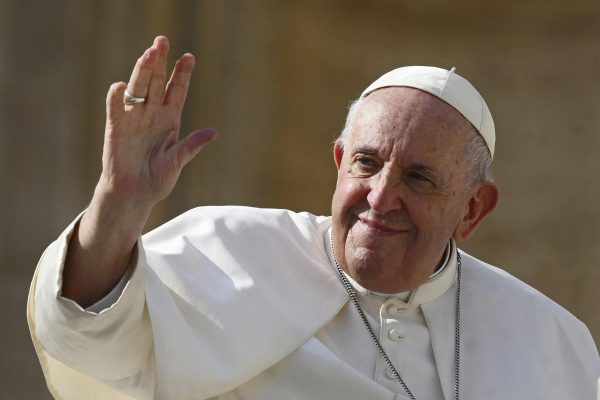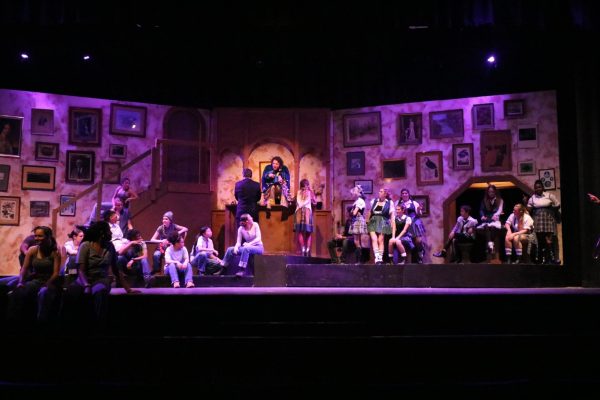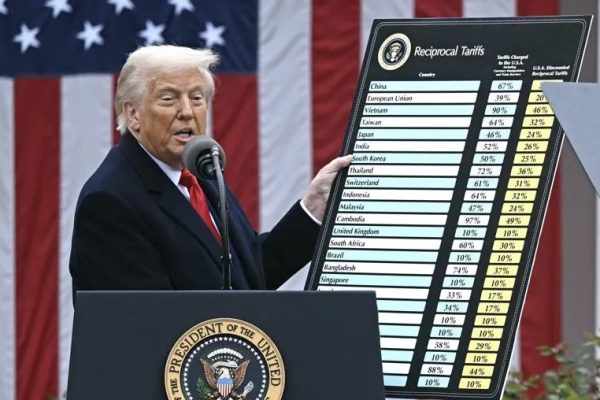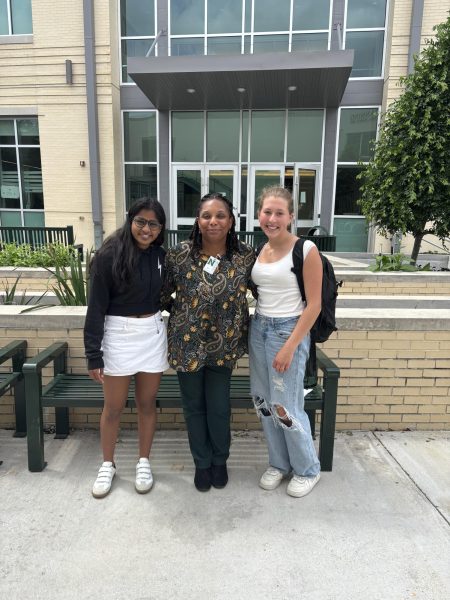Justice for George Floyd
While African Americans have been fighting for freedom and equality since the 17th century, the official Black Lives Matter Movement being in 2013 when three women created this project title in response to the acquittal of the murderer of African-American Trayvon Martin. This movement was brought to the masses like never before this past summer of 2020 after the murder of George Floyd on May 25th in Minneapolis, Minnesota.
The incident with Floyd was all captured on video. Here’s what happened:
After a convenience store employee called the police on him, 46-year-old Black man George Floyd was arrested for purchasing cigarettes with a counterfeit $20 bill. The employee also claimed that Floyd had been under the influence or possibly drunk. When the police arrived, an officer pulled a gun on Floyd, and he forced Floyd out of his car and against a building wall. George Floyd showed no signs of violence but seemed to already be in some distress, and the officers proceeded to drag him towards their police car. Floyd is seen falling to the ground and refuses to enter the police car, saying that he is claustrophobic and that he can’t breathe. A second and third police car arrive at the scene, the third with officers Derek Chauvin and Tou Thao. Chauvin already had 17 complaints filed against him and Thao 6. Thao had been sued once for throwing a man to the ground and punching him; Chauvin had been involved in 3 previous shootings, one of them fatal. The police officers are seen struggling with Floyd in the back seat on the police car; Chauvin pulls Floyd out of the car and onto the pavement. George Floyd was face down on the ground with three officers sitting on top of him, applying pressure to his neck, back, and legs. Despite Floyd’s calls for medical assistance, Chauvin kept Floyd pinned to the ground for another seven minutes with his knee on Floyd’s neck. Floyd continues to repeat “I can’t breathe.” One of the officers is heard ordering Floyd to get up and into the car, and Floyd, gasping for breath, even says, “I will… I can’t.” Floyd is heard saying that he cannot breathe 16 times in the span of five minutes.
He then went unconscious, and the bystanders, videoing the scene, scream in protest. It was evident that Floyd’s life was in danger, the crowd saying “he’s not moving” and “check his pulse.” The police were violating many protocols, including that an officer may not place a knee on a person’s neck unless they are actively resisting – George Floyd was not resisting. Twice another officer (Lane) asks if they should roll Floyd onto his side, but Chauvin said no.
An ambulance arrives, medical workers checking Floyd’s pulse while Chauvin’s knee remains on his neck and Floyd remains unresponsive. Chauvin finally gets up when the EMTs tell him to. Floyd is taken into the ambulance, where it is later learned that he has gone into cardiac arrest. The ambulance had also called for assistance from the fire department. But when the engine arrived and the ambulance had already left, the police gave no clear response, which delayed their help to the paramedics. The engine was not able to arrive to help Floyd until five minutes later, and Floyd is then pronounced dead at a nearby hospital.
Floyd’s death was deemed a homicide, the police department fired all four officers involved, and Chauvin was charged with second-degree unintentional murder and second-degree manslaughter. Thomas Lane, J. Alexander Kueng, and Tou Thao were charged with aiding and abetting murder.
In summary, George Floyd was arrested for a petty crime, held on the ground by Officer Derek Chauvin for eight minutes and 46 seconds, and killed. None of the other officers around objected to Chauvin’s behavior. Floyd showed obvious signs of distress: “I can’t breathe” he said – a statement he repeated 16 times. The obvious injustice of this situation and racist actions sparked outrage across the country and around the world. This uproar of protests, while in response to Floyd’s death, had more than just one name behind it, as this is not the first time an African American has been affected by police brutality. One prominent name in the protests being Breonna Taylor, an innocent Black woman who had been shot eight times by a police officer in her own apartment, but the list extends far beyond her and Floyd. Police have killed one Black man or woman for every week in 2020 – by August 21th, 164 African Americans had been killed by police. Nine hundred and eighty-six people have been killed this past year by police. Despite being only 13% of the population, 23% of Blacks have been the victims of police brutality. The statistics are harrowing.
Just in the U.S., 15-26 million people have participated in protests, but the protests extended worldwide. One common slogan in these protests is “Defund the Police.” This means that money would be divested from the police department, but it still would be reallocated to other forms of public safety. This phrase received a lot of backlash, as it could be interpreted that the protesters simply wanted to remove public safety, causing more crime, but this is not the case. By defunding the police, the intent was that more money would be provided to underfunded social services such as housing, education, employment, mental health care, and youth services. Police are often not trained or prepared for certain scenarios, so redistributing funds for other officials to affectively address the matter at hand would actual significantly lower crime. The reallocation of funds is also thought to reallocate the work now shouldered by police departments.
Last month, a verdict was finally made: Derek Chauvin is guilty of all charges. 11 months later, Chauvin was convicted of second-degree unintentional murder, third-degree murder, and second-degree manslaughter. He could face up to 75 years collectively for all of his crimes, but sentencing guidelines recommend only a 12.5-year sentence for a first-time offender such as Chauvin. When the final verdict was made, Floyd’s brother, Philonise Floyd, claimed, “Justice for George, it means freedom for all… it’s a celebration today.” In contrast to Floyd’s uplifting remarks, civil rights activist Reverend Jesse Jackson said, “It’s a relief, but the celebration is premature. We still have a lot of work to do. This is a first down, not a touchdown.” Both are right: this is a time to celebrate as this is important step towards justice, but there is still a lot of work left to do.
The death of George Floyd shined a light on racism and the injustice Black people face in America and around the world. All of us need to work to stop it. As Martin Luther King famously taught us, “injustice anywhere is a threat to justice everywhere.” Let us work for justice. Next time there is a protest, go and support it. Donate for George Floyd and the Black Lives Matter Movement itself: https://mashable.com/article/donate-black-lives-matter-end-police-brutality/. You can also join the global movement and take action at https://blacklivesmatter.com/. Contribute in any way possible, because Black lives matter.
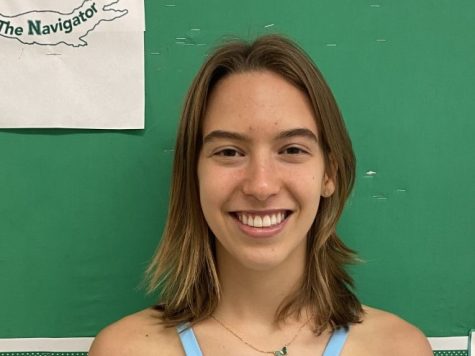
Allison is a senior who has written for the Navigator since her freshman year. When not writing for the Navigator, she can be seen playing soccer for both...



